Jazz is a vibrant and improvisational musical genre that melds intricate melodies, swing rhythms, and expressive solos into a harmonious tapestry of sound.
Subgenres of Jazz
History of Jazz Music
Famous Jazz Artists
Famous Jazz Audio Engineers
Production & Mixing Tips
Subgenres of Jazz
Jazz Fusion
Blending elements of jazz with other genres such as rock, funk, and R&B, jazz fusion combines intricate harmonies, improvisation, and complex rhythms with electric instruments and a more contemporary sound.
Bebop
Characterized by rapid tempos, complex harmonies, and intricate improvisation, bebop emerged as a response to the constraints of swing music.
Cool Jazz
Noted for its relaxed melodies and laid-back approach, cool jazz emerged in the 1950s as a reaction to the intensity of bebop.
Hard Bop
Blending bebop with soulful influences, hard bop is characterized by its bluesy and gospel-inspired elements.
Modal Jazz
Focusing on modes rather than chord progressions, modal jazz emphasizes improvisation over a single scale or mode.
Latin Jazz
Infused with Latin rhythms and influences, Latin jazz incorporates elements from Afro-Cuban, Brazilian, and other Latin American musical traditions.
Free Jazz
Pushing the boundaries of traditional jazz, free jazz is characterized by its experimentation, lack of predetermined structure, and emphasis on collective improvisation.
History of Jazz Music
Jazz, a genre that emerged in the late 19th and early 20th centuries in the United States, has a rich and complex history. It originated in African American communities, blending African rhythms, European harmonies, and the influence of brass bands. Jazz found its early roots in the vibrant city of New Orleans, where musicians would gather in bars, brothels, and dance halls to jam, improvise, and experiment with different styles and techniques. With its syncopated rhythms, expressive solos, and call-and-response patterns, jazz quickly gained popularity and spread across the country.
In the early 20th century, jazz experienced rapid growth and innovation. The 1920s, known as the Jazz Age, witnessed jazz becoming a popular form of entertainment. Recording technologies allowed jazz musicians to reach a wider audience, and jazz records became bestsellers. Influential figures like Louis Armstrong, Duke Ellington, and Jelly Roll Morton led jazz bands that captivated audiences with their virtuosity and improvisation. As the 1930s and 1940s unfolded, jazz continued to evolve, giving birth to subgenres like swing, bebop, and cool jazz.
Each era left a lasting impact on the music, shaping the course of jazz history. The 1960s and 1970s brought further experimentation, with artists pushing boundaries, incorporating new influences, and expanding the genre’s reach. From the social and political movements of the era to the fusion of jazz with other genres, the music of these decades reflected the changing times. Jazz remains a dynamic and influential genre, constantly reinventing itself while honoring its rich and storied past.
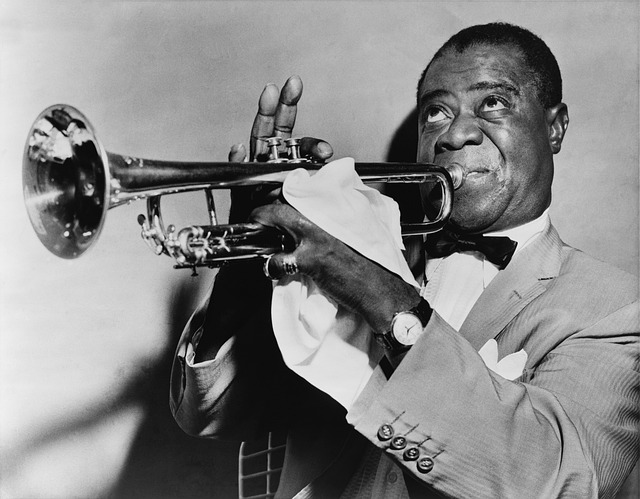
The Gear That Shaped Jazz
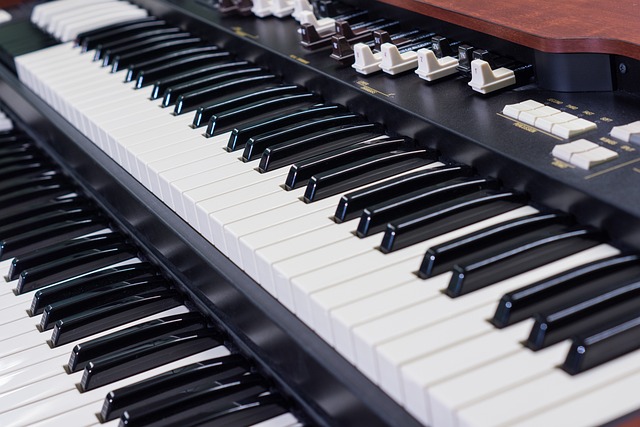

Hammond B3 organ
The Hammond B3 organ is known for its rich, warm, and soulful sound. It became a staple in jazz during the 1950s and 1960s, particularly in the genre of soul jazz. Artists like Jimmy Smith and Larry Young popularized the use of the Hammond B3, adding a distinctive and groovy element to jazz compositions and improvisations.
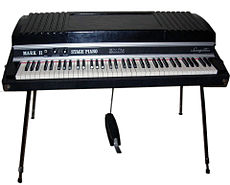

Fender Rhodes electric piano
The Fender Rhodes electric piano is another iconic instrument that has left a lasting impact on jazz. Introduced in the late 1960s, the Rhodes became a favorite among jazz pianists for its unique tone and versatility. Its warm and mellow sound, created by striking metal tines with hammers, added a new dimension to jazz recordings and performances. Artists like Herbie Hancock and Chick Corea embraced the Rhodes, incorporating its sound into their innovative jazz fusion compositions.


Tape machines
Analog tape machines, such as the Studer A800 or the Ampex MM1200, played a crucial role in shaping the sound of jazz recordings. Before the digital era, jazz albums were often recorded and mixed on analog tape machines. The tape saturation and compression added a distinct warmth and character to the recordings, enhancing the dynamics and nuances of the music. The imperfections and subtle variations introduced by analog tape contributed to the organic and timeless quality of jazz recordings.
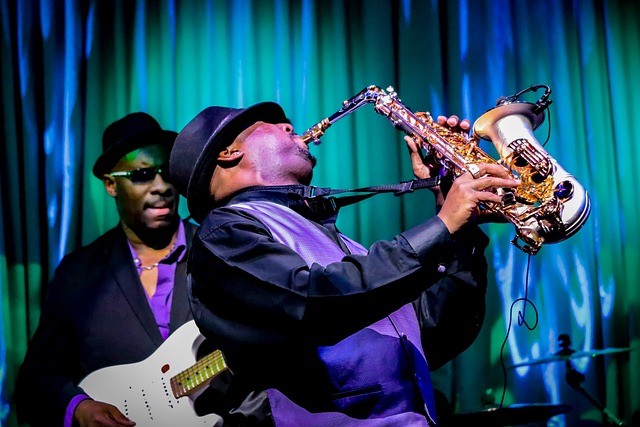

Famous Jazz Artists
In the 1920s, Louis Armstrong emerged as a pioneer of jazz, revolutionizing the genre with his innovative trumpet playing and distinctive voice. Alongside Armstrong, artists like Duke Ellington showcased their prowess as composers, bandleaders, and pianists, elevating jazz to new heights with their sophisticated compositions and arrangements.
The 1930s witnessed the continued influence of Duke Ellington, whose orchestra and musical genius solidified his status as a jazz legend. In addition to Ellington, artists like Bessie Smith, the “Empress of the Blues,” left an indelible mark on the jazz and blues scene with her powerful vocals and emotional depth.
As the 1940s dawned, Charlie Parker, also known as “Bird,” emerged as a seminal figure in the development of bebop. His lightning-fast improvisations and intricate melodies on the alto saxophone propelled him to become one of the most influential jazz musicians of all time. Alongside Parker, the era also saw the rise of other bebop pioneers like Dizzy Gillespie, whose virtuosic trumpet playing and collaborations with Parker helped shape the course of jazz.
In the 1950s, Miles Davis took center stage, playing a pivotal role in the evolution of jazz. Davis’s experiments with modal jazz and his collaborations with musicians like John Coltrane and Bill Evans pushed the boundaries of the genre, ushering in the era of cool jazz.The 1960s saw the emergence of John Coltrane, a legendary saxophonist and composer. Coltrane’s innovative approach to improvisation, marked by complex harmonic structures and extended solos, helped shape the avant-garde movement in jazz. His influence extended to other artists like Ornette Coleman and Cecil Taylor, who further pushed the boundaries of jazz experimentation.
In the 1970s, Herbie Hancock embraced fusion and electronic music, propelling jazz into new territories. His album “Head Hunters” became a landmark in jazz fusion, blending elements of funk, rock, and jazz into a groundbreaking sound. Artists like Chick Corea and Weather Report also made significant contributions to the fusion movement during this decade.
Three Sonic Qualities of Jazz Music
Blue Notes
One of the most defining characteristics of jazz is the use of blue notes. Besides being the name of a recording label (Blue Note Records) blue notes involve the slight bending or flattening of certain pitches, particularly the third, fifth, and seventh notes of a scale. This creates a soulful and melancholic sound that is central to the emotional expressiveness of jazz.
Swing and Syncopation
Swing is another essential element of jazz. It refers to a rhythmic quality that creates a sense of forward motion and rhythmic drive. Jazz often incorporates syncopation, where the emphasis is placed on weaker beats of the bar rather than the strong beats. This combination of swing and syncopation brings a compelling edge to jazz, adding to its lively and engaging nature.
Improvisation
Improvisation is a hallmark of jazz music. Jazz musicians are known for their ability to spontaneously create melodies, harmonies, and solos during performances. This improvisatory element allows for individual expression and musical dialogue between musicians, making each jazz performance unique and dynamic.
Famous Jazz Audio Engineers
Here are two paragraphs about famous jazz audio engineers who have made significant contributions to shaping the sound of jazz:
Rudy Van Gelder is widely regarded as one of the most influential audio engineers in the history of jazz. Known for his exceptional recording and mixing skills, Van Gelder played a crucial role in capturing the essence of jazz during the golden era of the genre. His work with iconic jazz labels such as Blue Note, Prestige, and Impulse! Records helped define the sound of jazz in the 1950s and 1960s. Van Gelder’s meticulous attention to detail, innovative microphone placement techniques, and expertise in balancing instruments and capturing the energy of live performances have made his recordings legendary. His collaborations with jazz luminaries like John Coltrane, Miles Davis, and Art Blakey have not only shaped the sound of jazz but have also influenced generations of audio engineers
Roy DuNann was another notable jazz audio engineer who made significant contributions to the genre. He is best known for his work with the Contemporary Records label, where he recorded and mixed numerous jazz albums. DuNann’s engineering style focused on capturing the natural sound and dynamics of the musicians, creating a sense of intimacy and authenticity in his recordings. His expertise in microphone placement and his ability to create a balanced mix allowed the performances to shine through with clarity and depth. DuNann’s collaborations with jazz legends such as Art Pepper, Sonny Rollins, and Shelly Manne helped shape the sound of West Coast jazz and left a lasting impact on the genre.
These audio engineers played pivotal roles in shaping the sound of jazz through their technical expertise, innovative recording techniques, and dedication to capturing the essence of the music. Their contributions have not only helped define the sonic identity of jazz but have also influenced the way jazz recordings are approached and appreciated by listeners and fellow audio professionals.
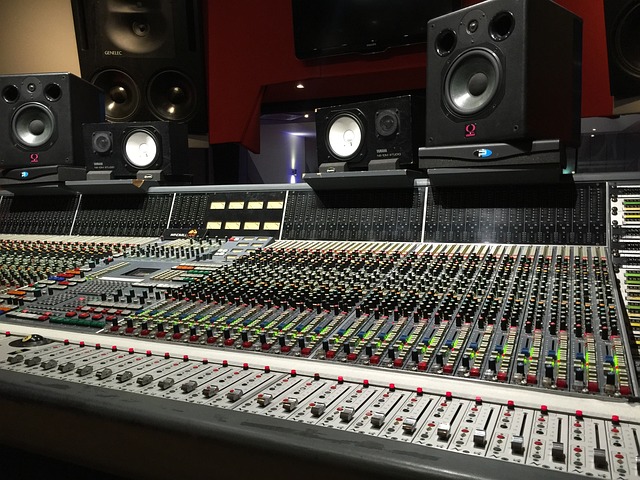

Three Mixing & Mastering Tips for Jazz
Maintain Dynamic Integrity
Jazz music is known for its dynamic range, and it’s important to preserve that in the mixing and mastering process. Avoid pushing the mix too hard into limiters or codecs, as this can introduce unwanted distortion or artifacts. Pay special attention to cymbals, as they contribute significantly to the feel and atmosphere of jazz tracks. Overly limiting cymbals can result in a mix that feels constrained and artificial.
Use Saturation and Tape Emulation
Adding slight saturation to each channel and using tape emulation on the master bus can enhance the warmth and character of jazz music during the mixing process. This technique can help recreate the vintage sound associated with jazz recordings. Experiment with different saturation and tape emulation plugins to find the right balance for your mix.
Pay Attention to EQ
EQ is a crucial tool in mixing jazz music. Start with some common EQ settings, such as cutting around 150Hz with a Q of 1.0, cutting around 400Hz with a Q of 2.5, and boosting certain frequencies to bring out the desired tonal characteristics of the instruments. However, keep in mind that these settings are just starting points, and you should adjust them based on the specific needs of your mix. Trust your ears and make subtle adjustments to achieve a balanced and pleasing sound.
Why Hire a Professional Audio Engineer or Producer for Mixing and Mastering Jazz / Funk?
While it is possible to learn and do mixing and mastering jazz music yourself, hiring a professional can provide a level of expertise, objectivity, and efficiency that can greatly benefit your hip-hop music production.
Industry Standards and Trends
Professional audio engineers stay updated with the latest industry standards and trends in mixing and mastering. They understand the sonic expectations of jazz music and can ensure that your tracks meet the professional standards of the genre. They can also provide valuable insights and suggestions based on their experience working with other jazz projects.
Technical Expertise
Professional audio engineers have extensive knowledge and experience in mixing and mastering techniques. They understand the intricacies of jazz music and know how to bring out the best in each instrument and element of the mix. Their technical expertise allows them to achieve a balanced and polished sound that enhances the overall quality of the music.
Objective Perspective
When you work on your own jazz music, it’s easy to become attached and lose objectivity. A professional audio engineer brings a fresh set of ears and a critical perspective to the project. They can identify areas that need improvement, suggest creative solutions, and make objective decisions to enhance the mix and master.
Quality Equipment and Tools
Professional audio engineers typically have access to high-quality equipment, plugins, and tools that may not be readily available to everyone. They can utilize these resources to enhance the sound quality, dynamics, and overall sonic characteristics of the jazz music during the mixing and mastering process.
Time and Efficiency
Mixing and mastering jazz can be time-consuming processes that require attention to detail. By hiring a professional audio engineer, you can save time and focus on other aspects of your music production. They have the expertise and efficiency to deliver a high-quality mix and master in a timely manner.